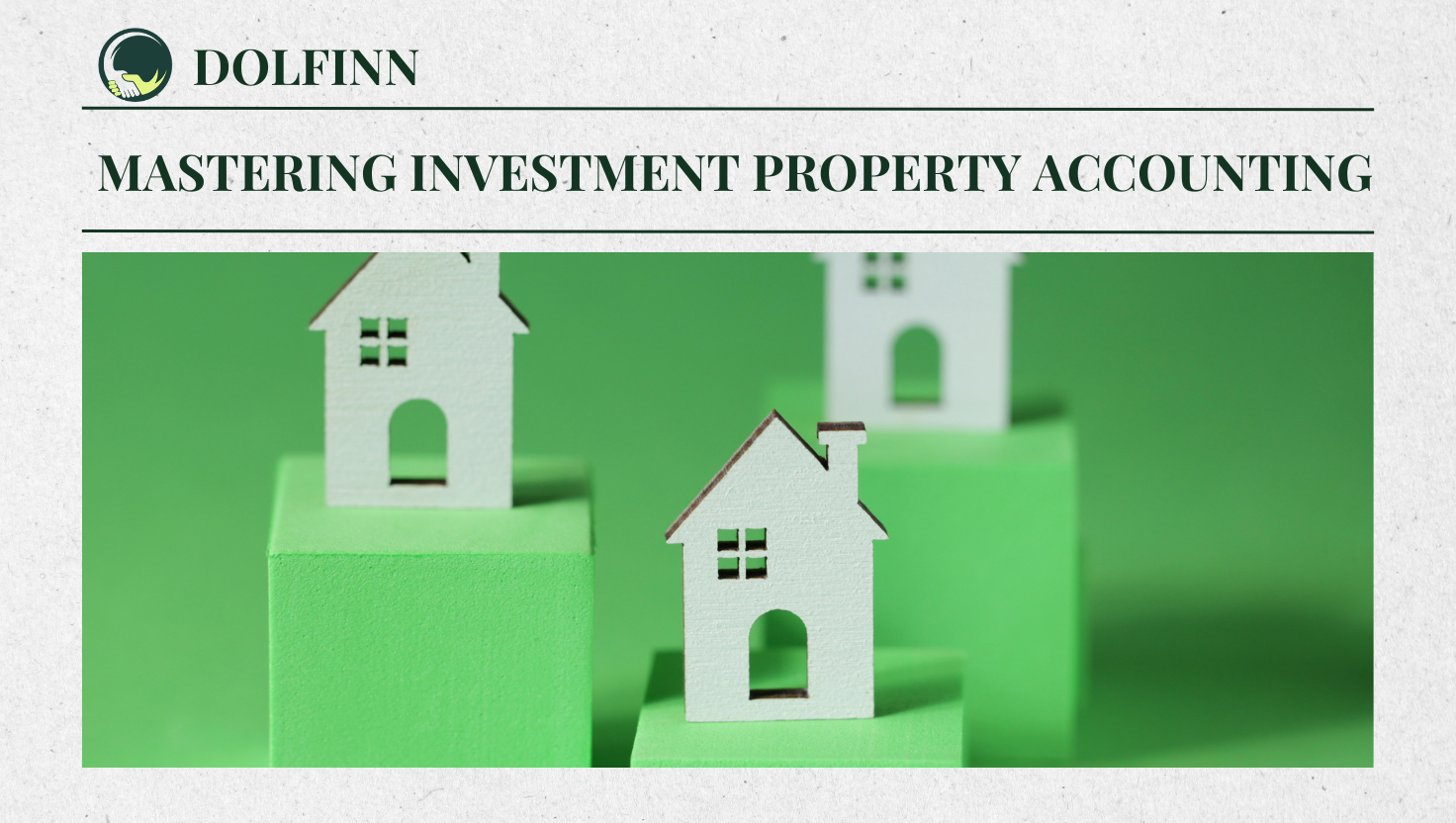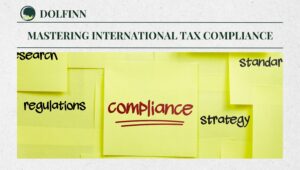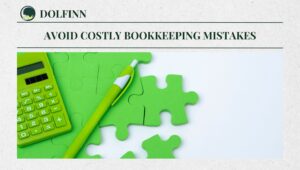
Investment Property: A Comprehensive Comparison of IFRS Standards vs. US GAAP (2025)
Introduction
Investment property accounting play a crucial role in financial reportings, especially for companies that own or lease real estate. Accounting for these properties differs significantly between IFRS Standards and GAAP, primarily due to the divergent frameworks and principles underlying the two systems. This blog explores these differences in depth, focusing on definitions, accounting treatments, and disclosures, to help companies understand the implications of their reporting choices.
Whether you’re an accountant, financial analyst, or a business owner, this guide will provide valuable insights into the nuances of accounting for investment property under IFRS Standards and GAAP.
What is Investment Property?
Under IAS 40, investment property is defined as property (land and/or buildings) held to earn rental income, capital appreciation, or both. This classification applies to properties that are:
- Owned or leased (as a right-of-use asset).
- Under development for future use as investment property.
- Vacant but intended to be leased under operating leases.
- Land with an undetermined future use.
Exclusions
Not all properties qualify as investment property. These include:
- Owner-occupied properties: Used for production, supply of goods/services, or administrative purposes (covered under IAS 16).
- Properties held for sale: Classified as inventory under IAS 2.
- Leased-out properties under a finance lease: Accounted for under IFRS 16.
Proper classification is essential because misclassification can lead to errors in financial reporting. Additionally, the intended use of a property may change over time, requiring companies to reassess its classification periodically.
Owner-Occupied vs. Investment Property: Accounting Consequences
The accounting treatment for investment property differs significantly from owner-occupied property, especially in terms of subsequent measurement, presentation, and disclosure.
Initial Measurement
Both investment and owner-occupied properties are initially measured at cost, following the principles in IAS 16. Costs include the purchase price, transaction costs, and any directly attributable expenditures.
Subsequent Measurement
- Investment Property: Companies can choose between the cost model and the fair value model:
- Cost Model: Similar to IAS 16, the asset is depreciated over its useful life and tested for impairment.
- Fair Value Model: The property is not depreciated; changes in fair value are recognized in profit or loss.
- Owner-Occupied Property: Typically measured using the cost model or the revaluation model (under IAS 16), where revaluation changes are recorded in other comprehensive income.
Presentation and Disclosure
Investment properties are presented separately on the balance sheet. Even if the cost model is used, fair value disclosures are required, along with details of valuation methods and independent valuation reports. These disclosures are more extensive than those required for owner-occupied properties under IAS 16.
Investment Accounting: IAS 40 vs. GAAP
1. IFRS Standard
IAS 40 provides specific guidance for accounting and disclosing investment properties. It allows all companies, regardless of industry, to measure investment properties using either the cost model or fair model.
2. US GAAP
Unlike IFRS Standard, GAAP does not have a specific standard for investment property. Instead:
- Real estate is generally accounted for under the property, plant, and equipment (PPE) guidance in Topic 360.
- Companies in specialized industries, such as real estate investment funds, may follow industry-specific accounting practices under Topic 946.
- Fair value measurement is limited to entities qualifying as investment companies or those following narrowly scoped industry guidance.
Key Differences Between IFRS Standard and US GAAP
1. Concept of Investment Property
- IFRS Standards: IAS 40 applies universally to all companies holding investment property.
- GAAP: No universal concept of investment property exists.
2. Measurement Models
- IFRS Standards: Offers a choice between cost and fair value models.
- GAAP: Primarily uses the cost model unless fair value is mandated for specific entities (e.g., investment companies).
3. Leased Real Estate
- IFRS Standards: Leased properties can be classified as investment property if they meet IAS 40’s definition. The right-of-use asset is measured at cost or fair value.
- GAAP: Leased real estate is accounted for under Topic 842, with no option to measure at fair value.
4. Presentation and Disclosure
- IFRS Standards: Requires fair value disclosure even when using the cost model. Investment properties are presented separately on the balance sheet.
- GAAP: Fair value disclosure is only required for entities measuring real estate at fair value. Investment properties are not separately presented on the balance sheet.
- If you want to know more differences between them, you can read our other blog:
GAAP vs IFRS
For more information please refer:
- IFRS Standards: Key Insights for Real Estate Accounting (Deloitte)
- The Cost Model vs. Fair Value Model: Which Works Best? (Reddit)
- Understanding US GAAP Accounting for Real Estate Investments (KPMG)
- How to Leverage Disclosures for Transparent Financial Reporting (Investopedia)
Conclusion
Accounting for investment property can be complex, especially given the fundamental differences between IFRS Standards and GAAP. While IFRS Standards provide flexibility with the choice of measurement models and extensive disclosure requirements, GAAP applies more rigid cost-based approaches, with fair value accounting limited to specific industries.
Understanding these differences is essential for companies operating internationally or dealing with diverse investor expectations. Proper classification, measurement, and disclosure are critical to ensuring transparency and compliance with the applicable accounting standards.
FAQs About Investment Property Accounting
1. What qualifies as investment property under IAS 40?
Investment property includes land or buildings held to earn rental income or for capital appreciation. Properties used for production, administrative purposes, or sale in the ordinary course of business are excluded.
2. Does GAAP allow fair value accounting for investment property?
Fair value accounting is permitted only for entities classified as investment companies or those following specific industry guidance. Other entities must use the cost model.
3. What are the key disclosure requirements for investment property under IAS 40?
Companies must disclose fair value, valuation methods, and whether independent valuers were used, even if the cost model is chosen.
4. Can leased properties qualify as investment property under IFRS Standards?
Yes, leased properties can qualify if they meet IAS 40’s definition of investment property.
5. Why is classification important for investment property?
Classification determines the applicable accounting standard and subsequent measurement, directly impacting financial statements and investor perceptions.
Summary
ASC 820 standardizes fair value measurements using hierarchy levels, enhancing transparency and compliance.
Latest Posts
- Top Cash Flow Forecasting Tools You Can’t Ignore for Global Businesses

- Mastering Profit vs. Cash Flow: 5 Key Strategies for Financial Success

- 5 Key Advantages and Disadvantages of Outsourced Accounting: Is Outsourced Accounting Worth the Risk?

- Mastering Cash Flow Management in 2025: 7 Proven Strategies for Financial Success

- Mastering International Tax Compliance: 7 Crucial Strategies for Multinational Success

- 5 Common Bookkeeping Mistakes Small Businesses Make and How to Avoid Them

